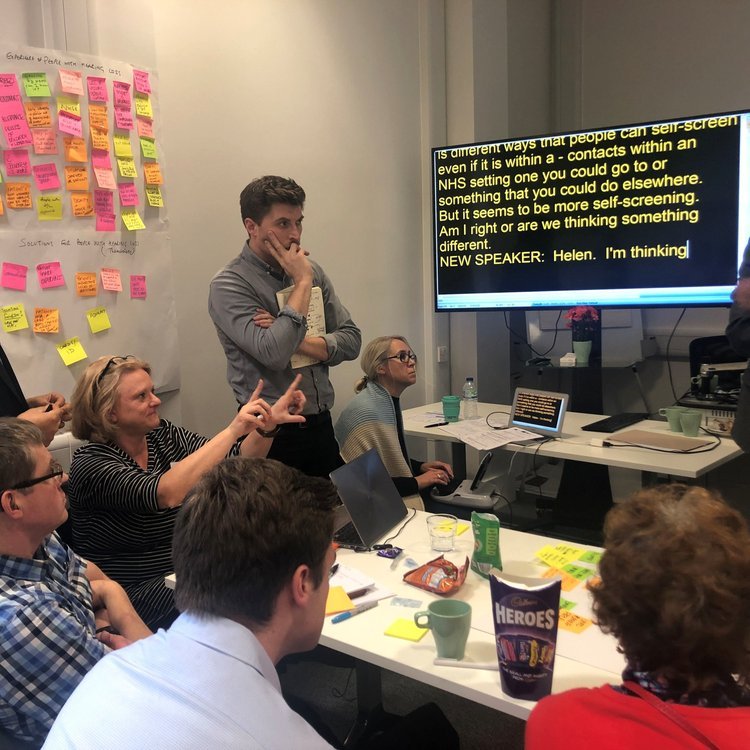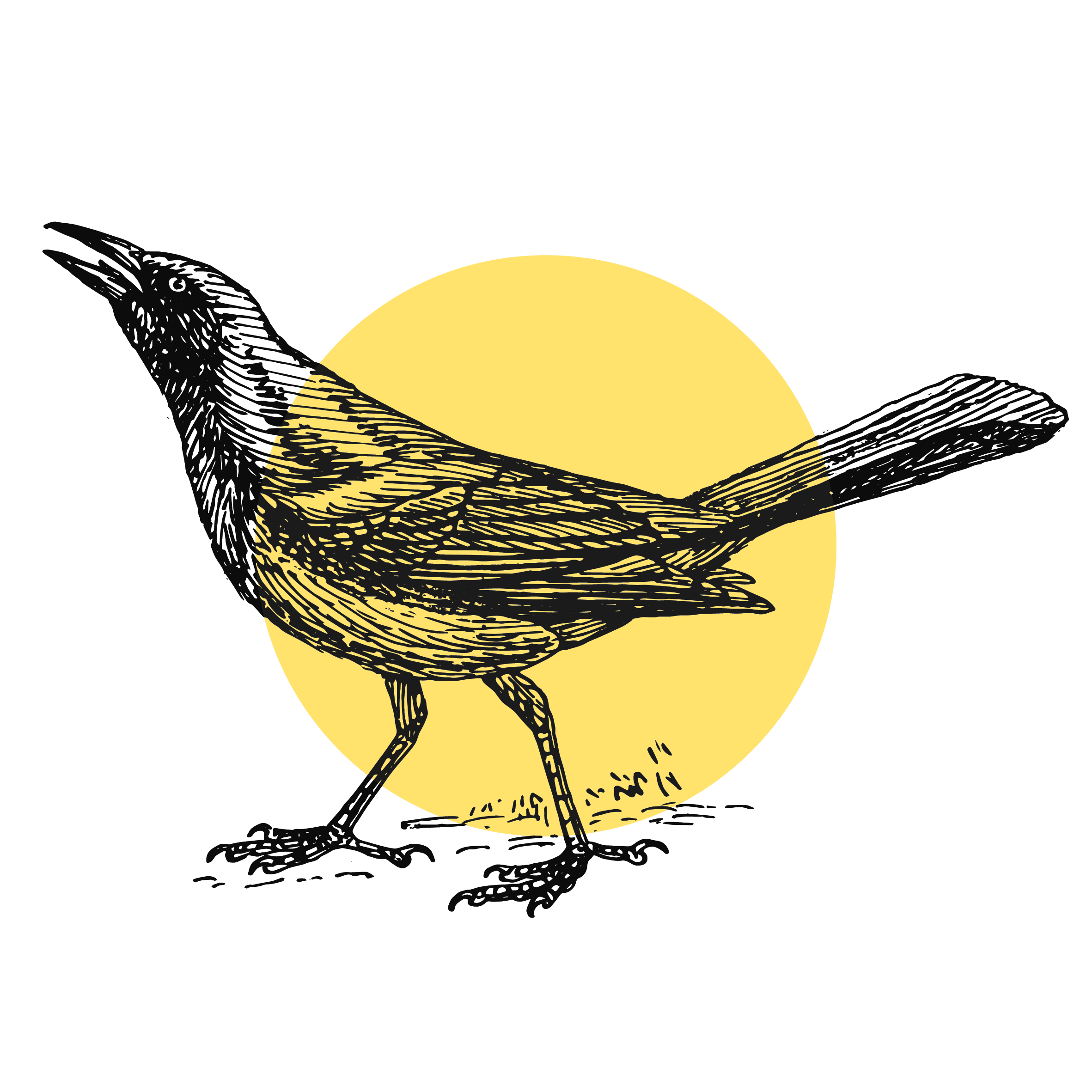
Hearing Birdsong is a project exploring people’s relationship with the health of their hearing.
Born from a concept Tom Woods won grant funding for in 2019, the project champions the use of prototyping to test and develop ideas.
Over 12 million adults in the UK have hearing loss, and yet 9 million of these are living without the benefit of hearing aids.
It’s a growing issue that affects young and old, with a powerful effect on quality of life: creating isolation, incapacity, and vulnerability. And yet the way we diagnose hearing loss has not changed in 50 years.
The prototype we’ve developed - and the user-centred approach underpinning it - shines a light on the potential to humanise other clinical processes, by focusing on the intersection between technology and patient experience.
Sector
Healthcare
Grant-funded
Services
Design Strategy, Storytelling
The Challenge
To humanise the clinical process of screening for hearing loss, in order to encourage early identification and treatment.
The Outcome
A working prototype for a new hearing-loss screen that is being publicly tested to generate feedback for further development.
Inspired by a patient’s story, Hearing Birdsong unites user-experience and technology to encourage early diagnosis and raise awareness of hearing loss.
Working alongside the Dyson School of Engineering, Imperial College, and the Design Age Institute, we developed a working prototype of a more humane hearing loss screen that uses modulated bird-calls within an ambient soundscape to test certain frequency bands of a traditional test, instead of pure tones and white noise.
Users can screen themselves for hearing lsos in the comfort of their own home, using a smart phone or tablet.
Design Concept
The Experience
Participants are immersed in a richly detailed forest soundscape, spanning five distinctive chapters.
As the journey unfolds, rolling thunderstorms, wind-rustled trees, and flowing streams add to the dynamic yet calming audio-experience.
Practitioners, researchers, engineers, designers and people with hearing loss have all helped our development.
Hearing Birdsong sound installations were exhibited all over the UK to consult members of the public on the design.
The soundscape was delivered via custom-built speakers, housed in yellow birdboxes, intended to give the project immediate recognisability.




“Blindness isolates from things. Deafness isolates from people.”
— Helen Keller
Meet the cast
Wren
4 - 8 kHz Very High
The wren’s song is cheerful, clear and ebullient. A schoolboy striving to complete his homework is said to have complained of “that shattering wren”. For the diminutive size of the bird, it is one of the loudest of bird songs and is also one of the highest-pitched ranging from about one full octave below to one full octave above the highest note on the piano.
Song Thrush 3 - 4 kHz High
Arresting and brilliant is the song thrush in full voice. As a composer, he displays a marked tendency to repeat the same phrase two or three times. He has a large repertoire (around 200 phrases) however and enunciates his phrases with clarity and vigour.
Blackbird 1 - 2 kHz Medium
The blackbird has been called the Beethoven among birds. The Blackbird sings long, beautifully shaped phrases, well-defined in time and tone. The effect is mellow, flute-like and musical.
Cuckoo 350 - 750 Hz Medium Low
Males give their distinctive song to defend territories and attract mates. Females advertise with a softer version of the song. Both sexes give a lower-pitched, slower version when searching for nest sites and building the nest.
Collared Dove 250 - 350 Hz Low
The song (or “perch-coo”) is given mainly by unmated males from a conspicuous perch. It’s a soft coo-oo followed by two or three louder coos. You can often hear paired males give the three-parted “nest call” while nest-building: a coo-OO-oo, highest in the middle. Females sometimes call ohr ohr while sitting on the nest.
Want to help?
Practitioners, researchers, engineers, designers and people with hearing loss have all participated in the development of Hearing Birdsong.
Insights gathered during early public installations are currently being integrated into the designs, and the team is actively looking for future locations and partners to help support the project.
If you would be interested in hosting or funding Hearing Birdsong please get in touch.



















